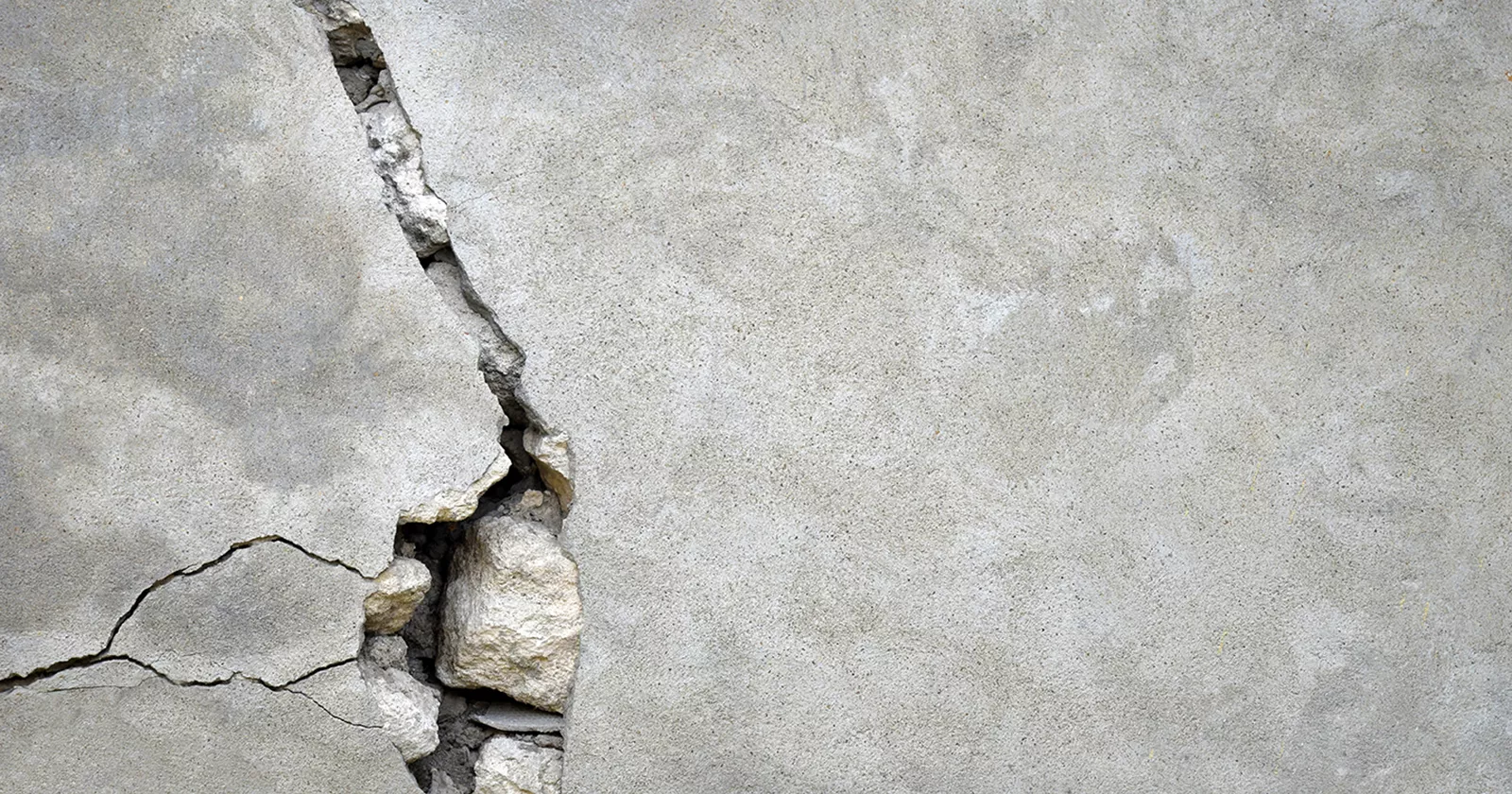The Challenge
Modern-day Mexico City is built over the ruins of the Aztec capital of Tenochtitlan and the former lake Texcoco, which was drained by the Spanish. The deep and soft sedimentary soils of the old lake bed amplify seismic activity, making many of the city's buildings and structures more vulnerable to earthquakes.
Exponent's Multidisciplinary Solution
After the 2017 Mexico City earthquake, Exponent conducted a damage survey in collaboration with the nonprofit Earthquake Engineering Research Institute and their reconnaissance team.
To create safer structures, Mexico City has adopted a progressive approach to understanding the relationship between earthquakes and different types of building construction practices, leading to continual improvements in building codes and design recommendations.
Exponent's Impact
After observing the external structural conditions of more than 700 buildings, Exponent engineers created a database to inform better design and construction methods and reduce seismic risk. Exponent collected important evidence that buildings designed and built using similar construction methods failed in similar ways, albeit with different degrees of damage, enabling the creation of fragility curves relating earthquake shaking intensity to the probability of different damage states for varying building parameters.
The Exponent study provided essential data and insights about the performance of building design and construction during an earthquake and has been used to assist other clients in making informed decisions regarding urban planning and building design to reduce their seismic risk.

